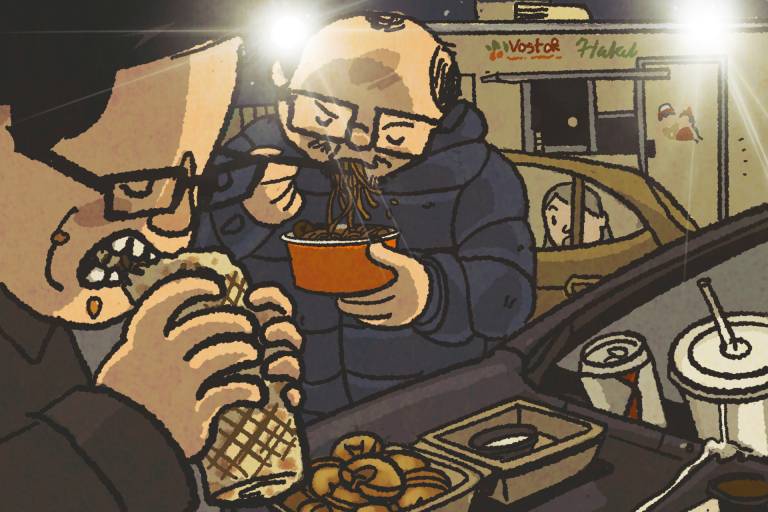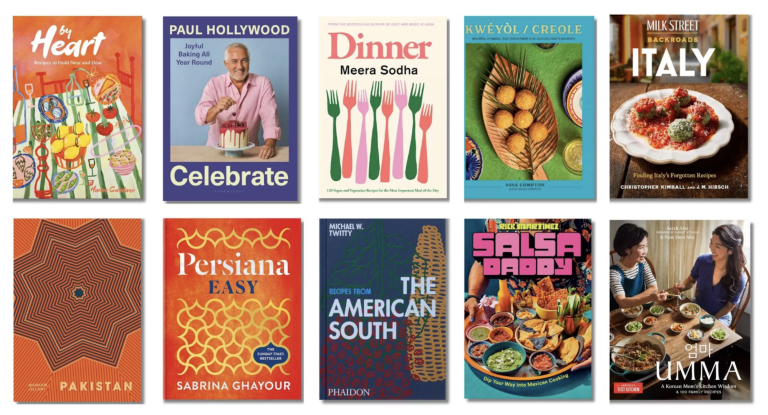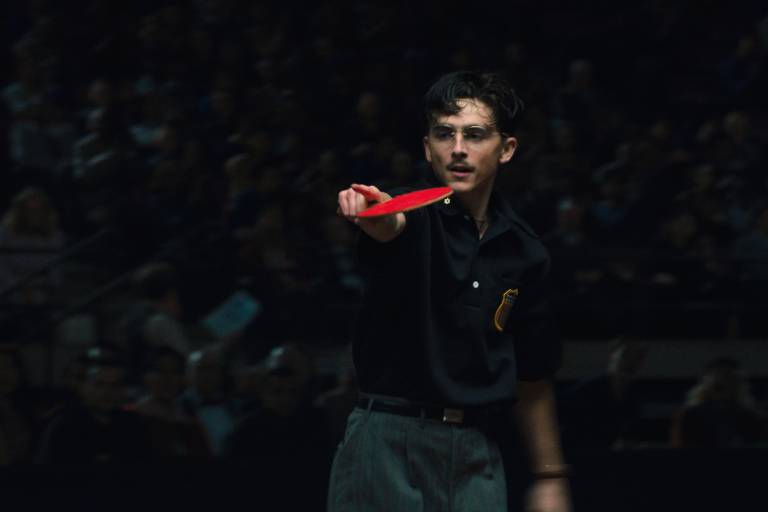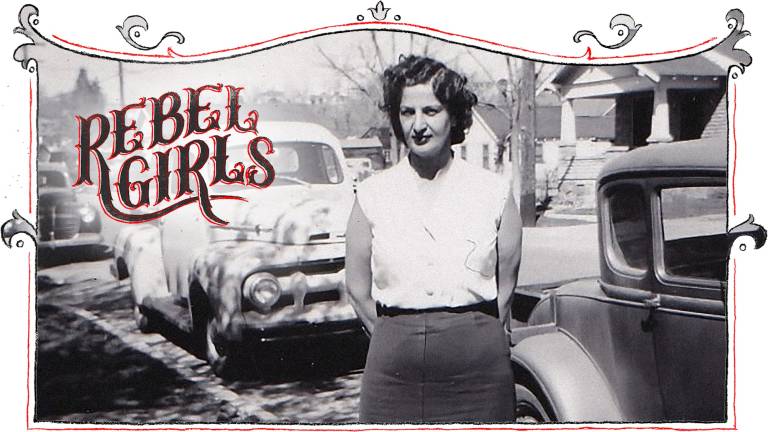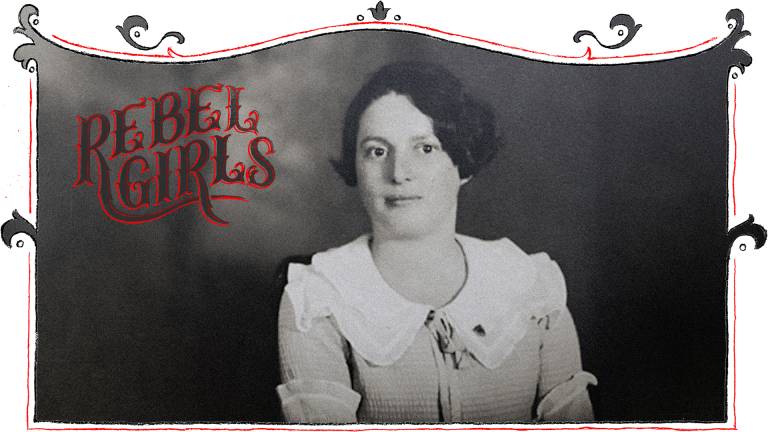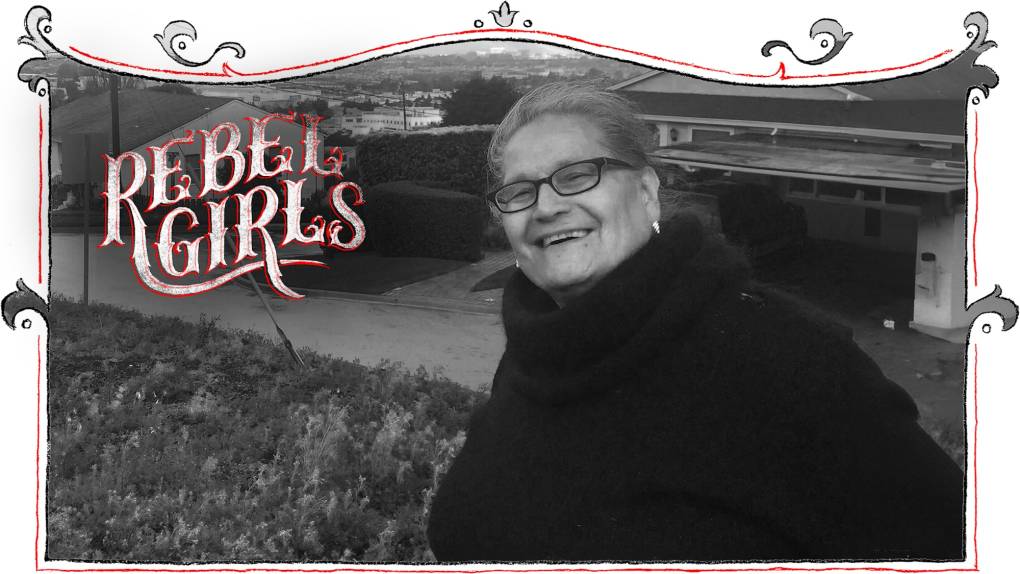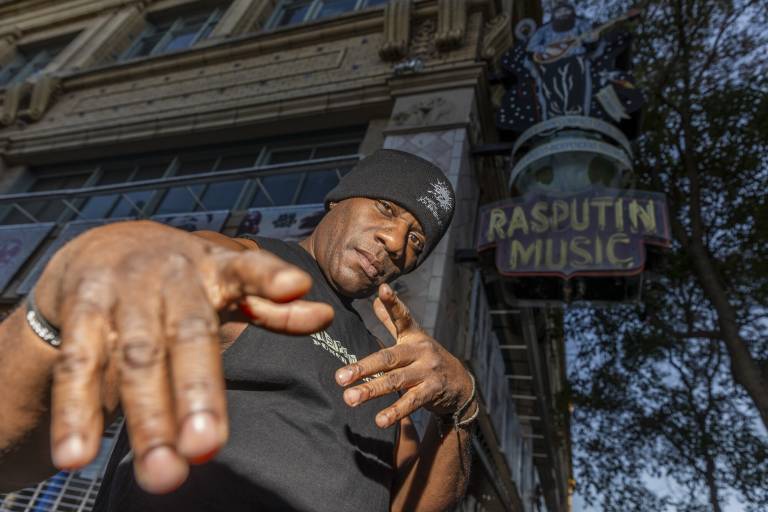Arts & CultureArts & Culture
Care about what’s happening in Bay Area arts? Stay informed with one email every other week—right to your inbox.
To learn more about how we use your information, please read our privacy policy.
Signed up.
KQED’s Arts & Culture desk brings daily, in-depth cultural commentary and coverage.
Who We Are
Who We Are
Sponsored
More Arts
Funding for KQED Arts & Culture is provided by:
The William and Flora Hewlett Foundation, Akonadi Foundation, the Andrew W. Mellon Foundation, the National Endowment for the Arts, Yogen and Peggy Dalal, Diane B. Wilsey, the William and Gretchen Kimball Fund, Campaign 21 and the members of KQED.
The William and Flora Hewlett Foundation, Akonadi Foundation, the Andrew W. Mellon Foundation, the National Endowment for the Arts, Yogen and Peggy Dalal, Diane B. Wilsey, the William and Gretchen Kimball Fund, Campaign 21 and the members of KQED.



